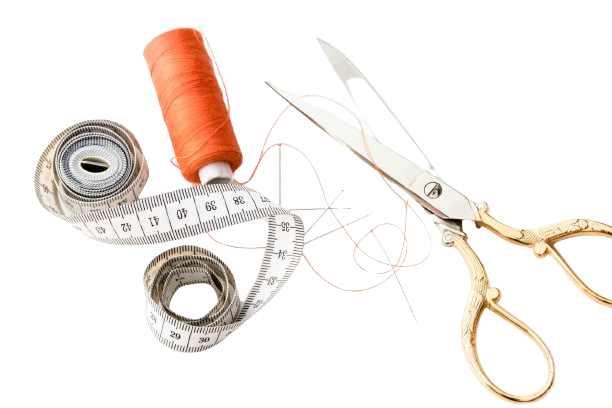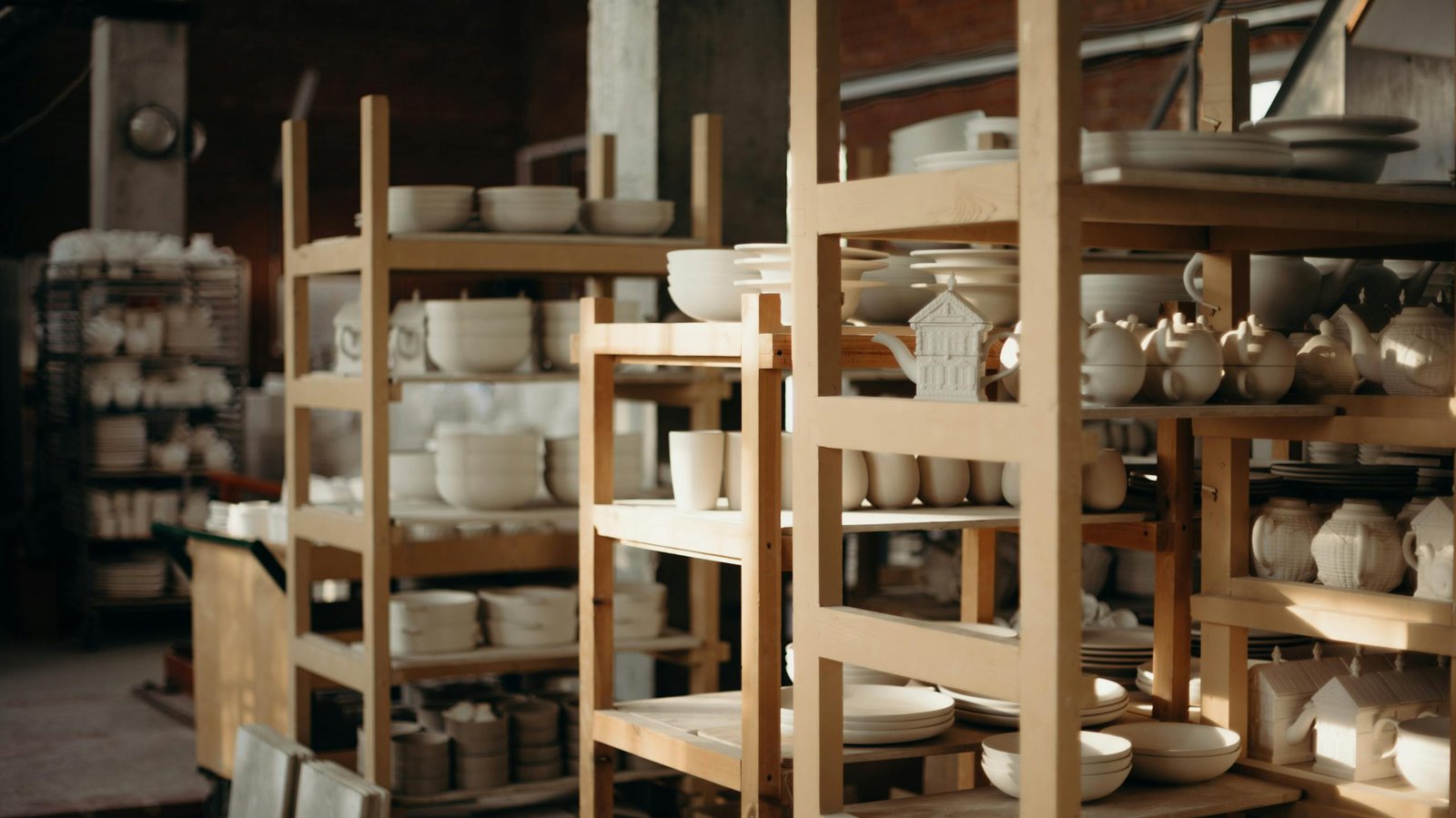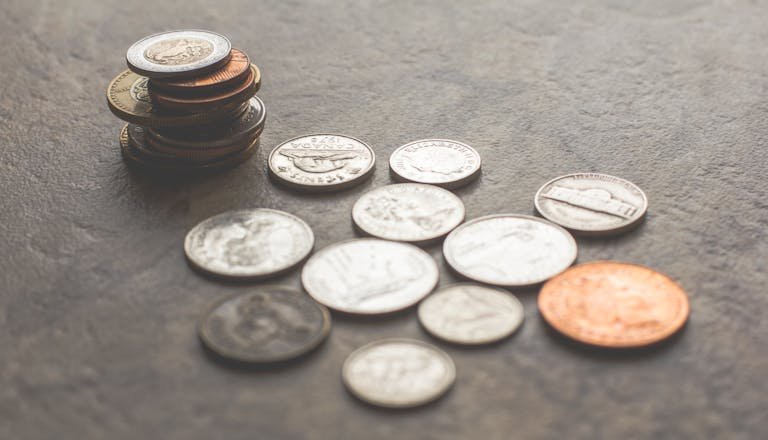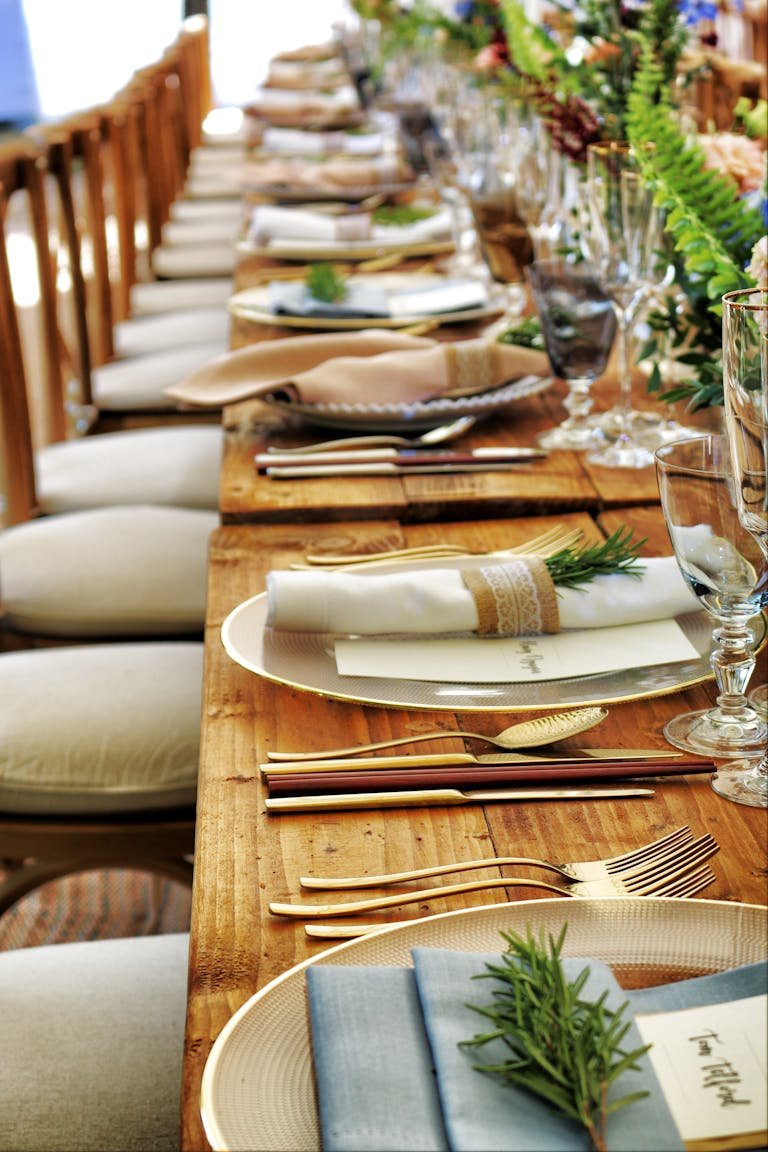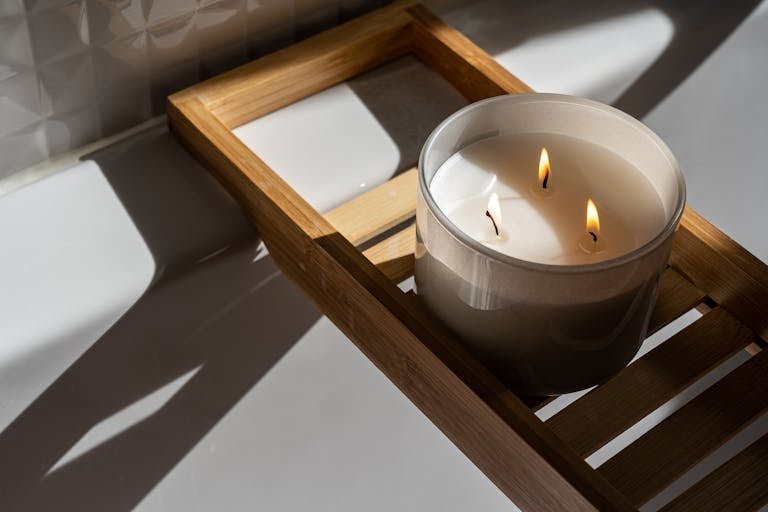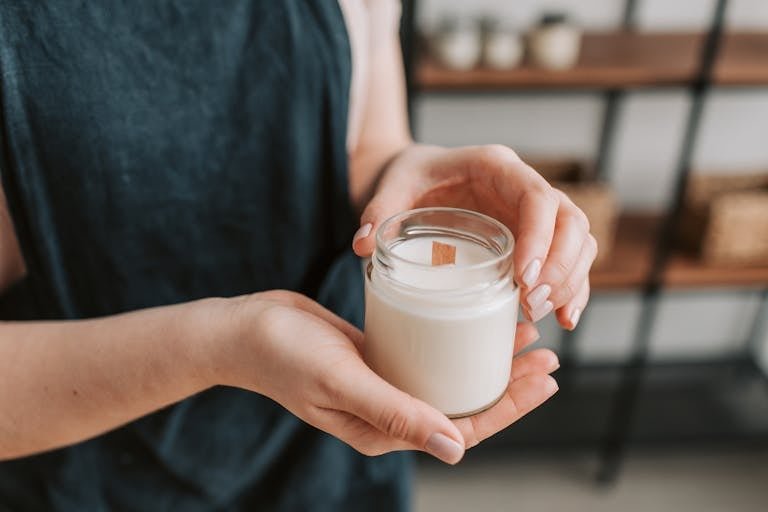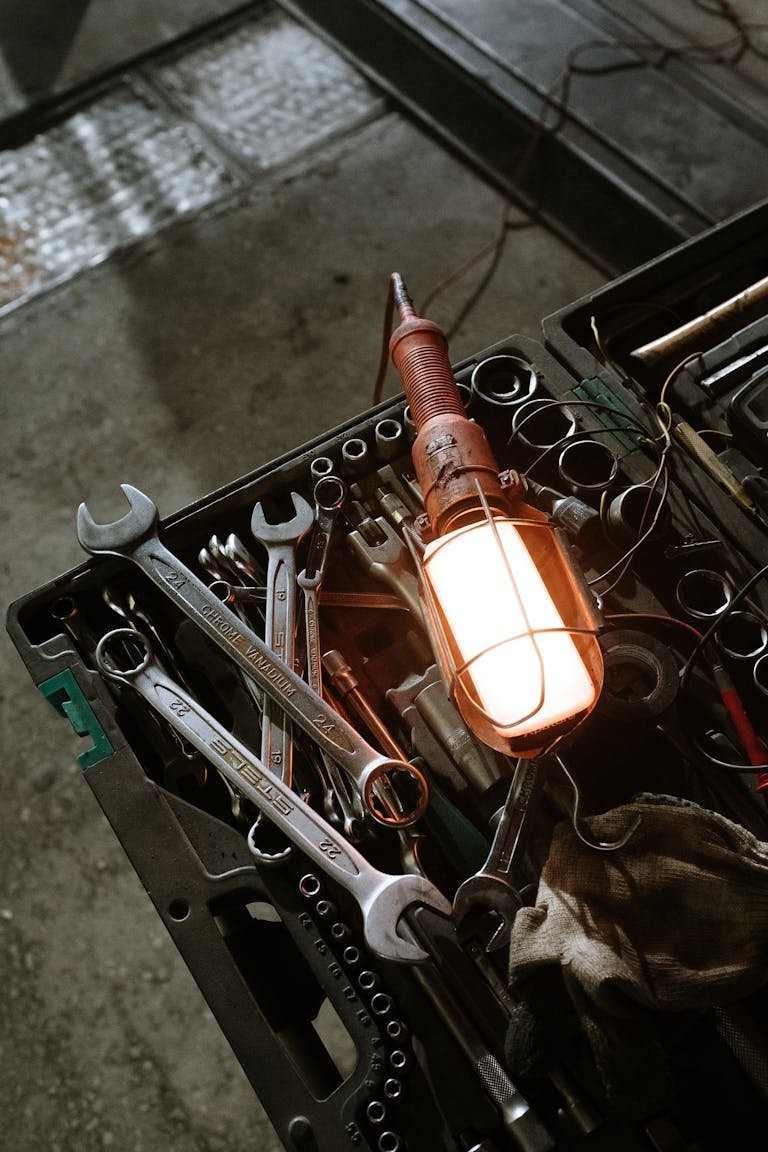Ceramic Scoring: A Comprehensive Guide
Scoring is one of the basic methods in ceramics, and it is impossible to detach oneself from it even if one is a professional or a student. It means that this technique lays the foundation for ceramic forming based on which one must build a firm and well-coordinated piece of work. In this comprehensive guide, we will delve into What scoring is in Ceramics. the activities and processes used, and applications and methods that are employed.
Definition of Scoring
Scoring in ceramics refers to the process of scratching or marking the surface of clay to create a texture that facilitates the bonding of different clay pieces. This method is particularly crucial in the hand modeling and hand building of ceramic items as well as the mending of broken items. Scoring can also be used to improve the surface texture of ceramics for functionality and aesthetics.
Historical Context
The act of scoring clay is as ancient as history itself, where artists learned that when you scratch the surfaces of clay pieces they stick better. Scoring as a technique has been critical in building the foundation of ceramic art from earlier Mesopotamian pottery to the Ming Dynasty ceramics.
Tools and Materials for Scoring
Essential Tools
- Scoring Tools: These are available in different shapes and types like needle tools, serrated ribs, or special scoring tools which have more than one prong. Every tool provides a unique level of texturing and dimension of scoring that is suitable for specific types of works.
- Slip: Slip is a liquid mixture made from clay and water. It can be made from the same clay body as the project so that the texture and color of the glaze match that of the project as well.
- Clay Body: Depending on the type of clay being molded, the process of scoring might be influenced. The clay’s texture and the moisture content that vary between different clays affect its behavior when scoring.
Optional Tools
- Sponge: They come in handy when cutting and shaping the joints of two surfaces during assembly.
- Brush: Can be to spread slip smoothly on the intended surface.
- Pottery Wheel: It is useful whenever one is creating similar pieces that must be connected.
Methods of Scoring
Traditional Scoring Technique
- Prepare the Pieces: Make sure that both pieces of clay are roughly at the same level of moistness. If one piece is considerably drier, it will not stick well to the other.
- Score the Surfaces: One of the characteristics of using a scoring tool is rubbing the joining surfaces. The scratches must be rough enough to give the clay a rough surface but not deep enough to allow the clay to be compromised.
- Apply Slip: Ensure that the slip is spread evenly on the areas you have scored. The slip should be rather smooth and not too thick or runny – more like a thick liquid.
- Join the Pieces: Apply more pressure to the pieces at the scored and slipped positions making sure that the two are in contact. Shake them a little to guarantee that the slip reaches the scratch.
- Smooth the Joint: With the help of a sponge or a brush try to level the edges and apply a thin layer of slip that is needed. This step is crucial for achieving a clean, professional finish.
Advanced Scoring Techniques
- Cross-Hatching: Cross-hatching may be helpful in some cases, especially when working with big parts or complex joints. This involves drawing cross-hatch patterns on the surfaces such that an intersection pattern is formed.
- Multiple Scoring: At times, repeatedly scoring the same area with other tools can provide a better and stronger bond. For instance, performing a needle tool and then a serrated rib can help to improve the texture.
- Wet and Dry Scoring: The texture of the clay and slip may change if the moisture levels are adjusted. Some potters find slightly dry clay ideal for scoring while others feel that more moist clay has a better way of fusing.
Practical Applications of Scoring
Hand-Building Techniques
- Coil Building: Scoring is very important especially when joining coils together or affixing them to a base. Proper scoring also allows the coils to combine and interlock to provide better structure.
- Slab Construction: In the process of joining slabs of clay, scoring reduces the chances that the joined parts will unstick during the process of drying or firing. This technique proves to be important in building boxes, tiles, and other geometric shapes.
- Pinch Pots: Even in simple basic pinch pots, scoring can be employed to affix handles, spouts, or ornamentation.
Wheel-Throwing Techniques
- Joining Thrown Pieces: The use of Score is mostly found when mounting handles on mugs, spouts on teapots, or lids on jars. These joints have to be designed to be strong and durable to be able to bear the load of everyday use.
- Combining Thrown and Hand-Built Elements: When using both wheel-thrown and hand-built techniques in clay, scoring helps to create a smooth joint between the two regions.
Repairing and Refining
- Fixing Cracks: Scoring is utilized to re-establish the crack that may appear during the drying and firing process. The scoring and slipping of the crack allow potters to fill it with fresh clay and rebuild the integrity of the piece.
- Refining Shapes: Every once in a while, structures require modification even after being built. Scoring also means that potters can add or even subtract clay as they perfect the form and features of the pot.
Troubleshooting Common Issues
Weak Joints
- Insufficient Scoring: Ensure that the scratches are deep and numerous enough to create a large area of contact between the layers. If this does not work, use a hostile scoring device.
- Improper Slip Consistency: Change the slip consistency to make it enter the scored regions to meet its intended objective. Excessively thick or thin slip can compromise the integrity of the joint.
Cracking and Shrinkage
- Differing Moisture Levels: Make sure that the pieces of stock that are joined are at comparable states of moisture content. When the pieces dry, they shrink at different rates, leading to cracking if there are any disparities in size.
- Inadequate Drying Time: Allow the joint to dry equally and for a relatively long period. Extreme drying on the other hand leads to the forming of cracks and separation.
Surface Imperfections
- Excess Slip: Any additional slip material should be wiped off as soon as the joint is assembled to eliminate surface irregularities. To further blend the joint, you can use a sponge or brush to rub the surface.
- Uneven Scoring: The scoring should be carried out in such a manner that they cover the whole region that is to be joined. Little variation in scoring may mean a weak spot and potential seaming.
Tips for Successful Scoring
- Consistency is Key: When scoring the foil should apply equal pressure and depth to achieve a consistent bond across the surface.
- Practice Makes Perfect: Like any skill, scoring improves with practice. Experiment with different tools and techniques to find what works best for your projects.
- Pay Attention to Details: Small things which could include the angle at which the scoring tool is held or the thickness of the slip used can significantly affect the outcome of the whole process.
- Learn from Mistakes: Don’t be discouraged by failures. Every failure simply means you get to study the strategy you need to apply for effectiveness next time around.
Read Also: What Is A Kerf? Everything You Need To Know
Closing Words
Scoring is an essential technique in ceramics, pivotal for creating strong, cohesive pieces. Appreciating the classification tools, techniques as well as potential scoring uses, potters will be in a position to create improved and professionally finished creations.
If you are hand-building some complex forms, or doing serious functional forms on the wheel, mastering the scoring, will enhance the beauty and strength of the ceramic art. This means that ceramics is a very flexible and diverse field where practice does make for perfection and where every project that is undertaken is a potential learning experience.
